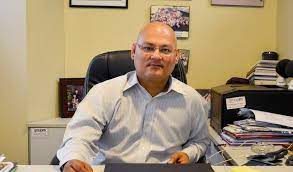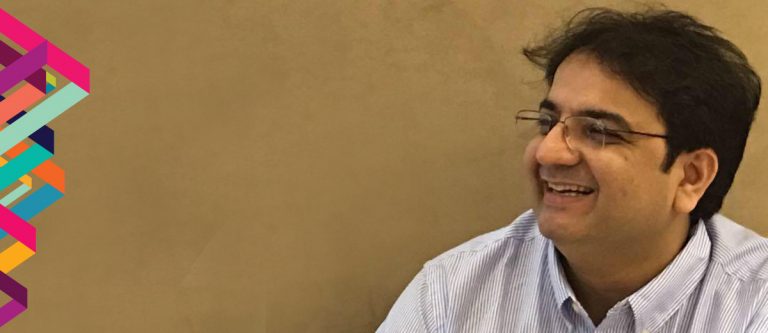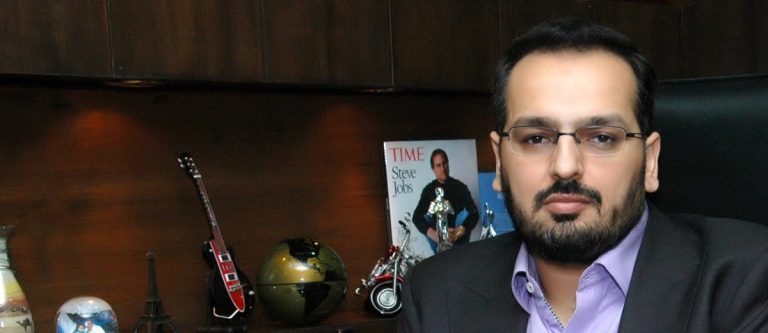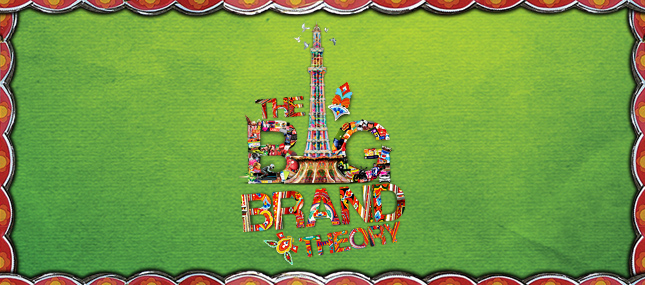Fouad Husain, Managing Director Mindshare Pakistan talks about innovative practices that are necessary for our media industry to grow.
Synergyzer: What growth potential do you see in the advertising pie for TV, Radio, Print, Outdoor and Digital Media for this year?
Fouad Husain: With new eyeballs contributing towards the surge in viewership, the chunk of TV in the pie has maintained its leadership with an increase. New channels have helped in getting new audiences on board while content diversity is aiding in maintaining the highest share.
The outdoor medium has most recall and penetration according to various research studies in Pakistan especially in rural markets, therefore, brands will be focusing on invigorating this particular medium.
Print and radio have been sustaining their share but we need to push fresh ideas to better utilize them.
As for the digital front, it’s too early to predict its future as it is still too young a medium. However, brands are focusing on it and it has immense potential. It is safe to say that this will further grow given the right governmental and regulatory support.
Synergyzer: You said in an interview that the movers and shakers of the industry are not properly aware of the upcoming trends, technological shift, and where they are heading. How can they be educated for something like this?
Fouad: This can be done in two ways. One, all the broadcasters come under one platform and be on the lookout for international exposure as they are all working towards acquiring content. Second, Media Agencies which have international exposure bring the broadcasters together to hunt for international opportunities and gather intelligence on them.
Synergyzer: Are media buying houses in Pakistan opting for international standards? How? What is your role as a thought and result leader?
Fouad: Yes indeed they are. Keeping Mindshare as a case in point, I can tell you that we work closely with our regional teams and apply complete Standard Operating Procedures or SOPs driven from them We keep our talent updated by exercising rigorous international training programs to gather foreign exposure. My role in this process is to identify such trends as I have the most exposure in the region, therefore, it naturally becomes my job to outlay any opportunity or learning for my teams.
Synergyzer: With relaxing censorship policies being exercised in advertising content, what advantage has that given the media industry? Any disadvantages?
Fouad: Where relaxation in censorship policies has given the media industry more freedom of speech and liberty to diversify the content that gets to be aired, it has also had its share of disadvantages. For example, the acceptability of international creative elements has hampered the creative room for our local talent and teams. It’s easier for advertisers to acquire and adapt their regional communication ideas which lead to depriving the local creative teams of their inputs.
Synergyzer: We see a number of award festivals being held for advertising like the Abby Awards etc. Are there any such events for media strategies and execution? If yes, how can Pakistan represent itself?
Fouad: All the MNC media groups and agencies or those that are internationally affiliated do have their internal global award festivals. What we need to focus on is that all agencies combine their efforts and represent Pakistan as a nation on international forums.
Synergyzer: How do PAS policies affect the media business? Is PAS as strong in enforcing its policies as APNS is for the print media?
Fouad: PAS has taken some good initiatives in the past; however, it is still too young in comparison to APNS to be able to enforce strict policies. PAS needs to focus on maintaining a balance between safeguarding all ends such as Media Agencies, Advertisers (Clients) and broadcasters on the whole.
Synergyzer: As more and more media buying houses are starting creative hotshops, what effect is it having on the advertising industry? What is your take on that?
Fouad: With new content hotshops entering the market, advertising is continuously getting a new perspective. Advertisers, along with media agencies are helping in converting a 30 second spot into a new horizon for communicating with audiences. This we can see through multiple examples that have come up in the recent past such as Cornetto Music Icons and Smash.
Synergyzer: If you have to brand and promote Pakistan what will be your selling points?
Fouad: I would promote Pakistan on the basis of the geographical bliss it has to offer. Pakistan has great potential for tourism with the geography it has been blessed with.








